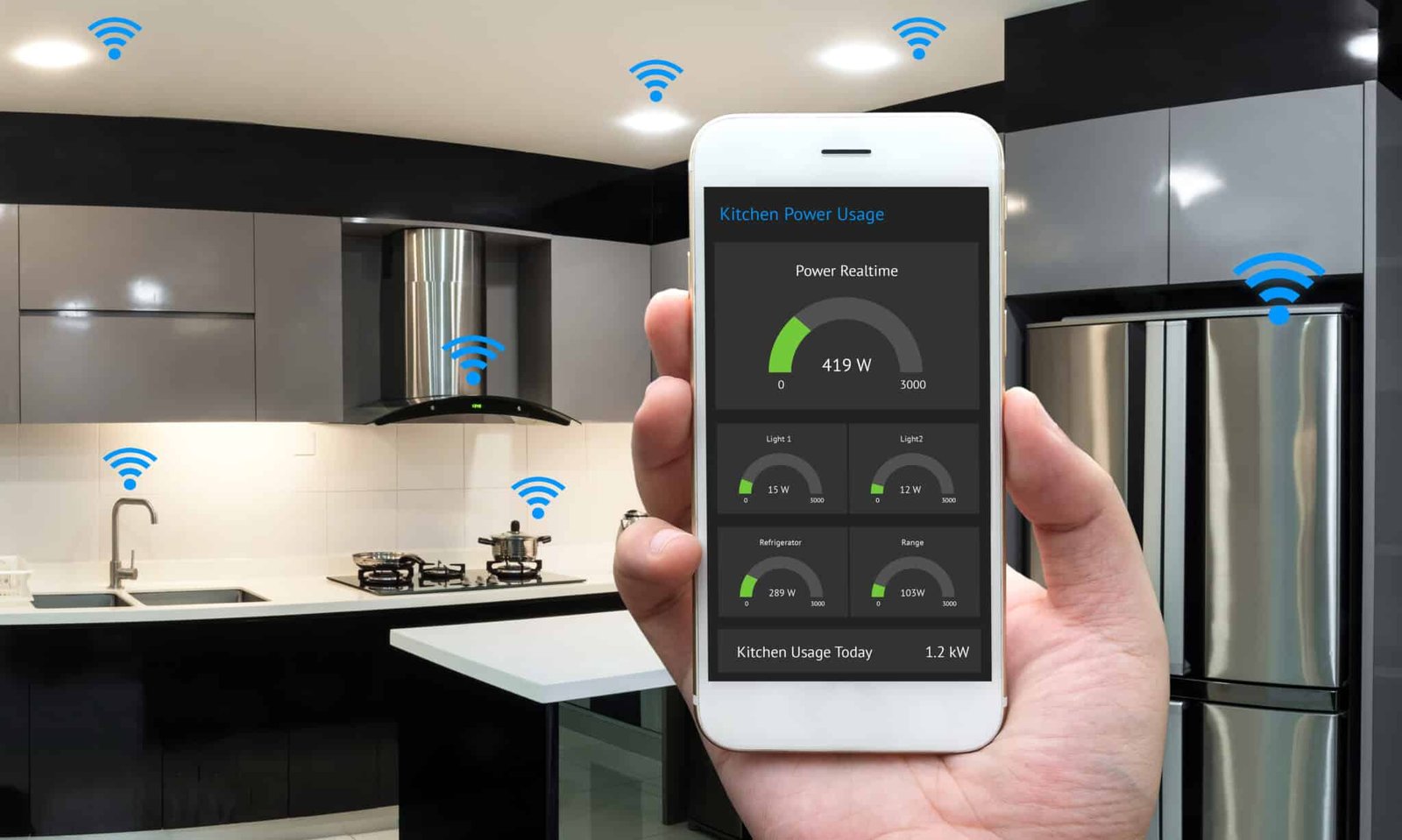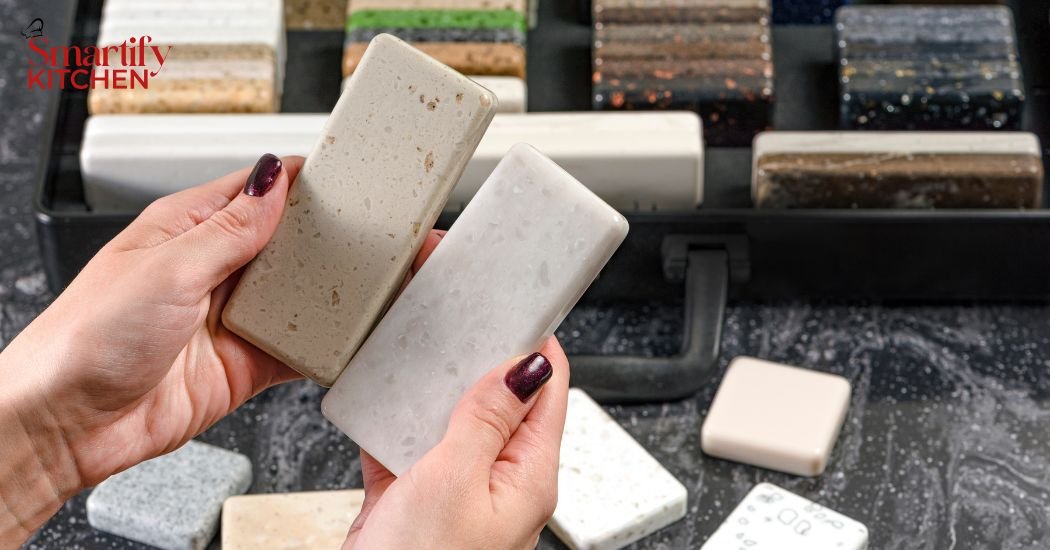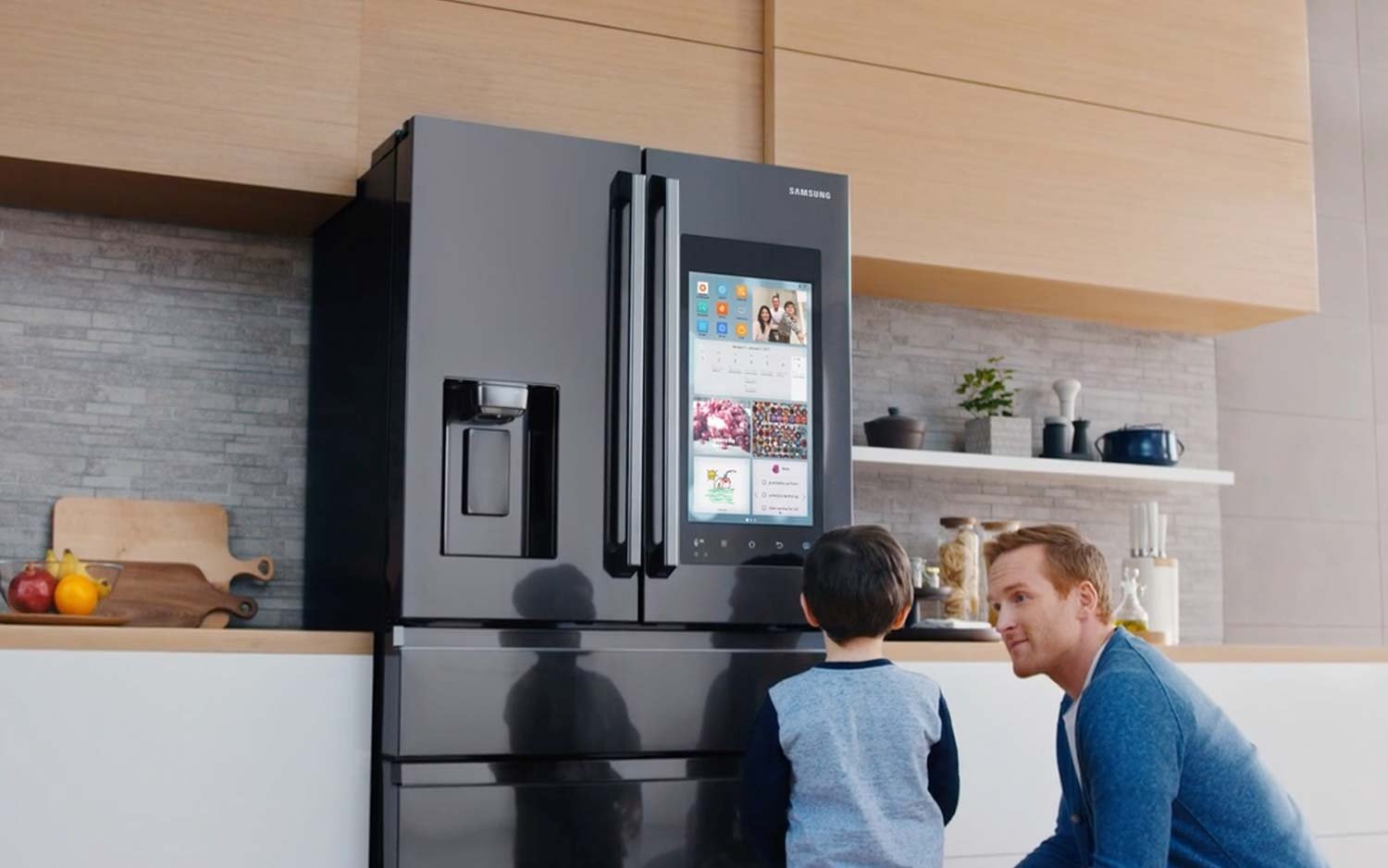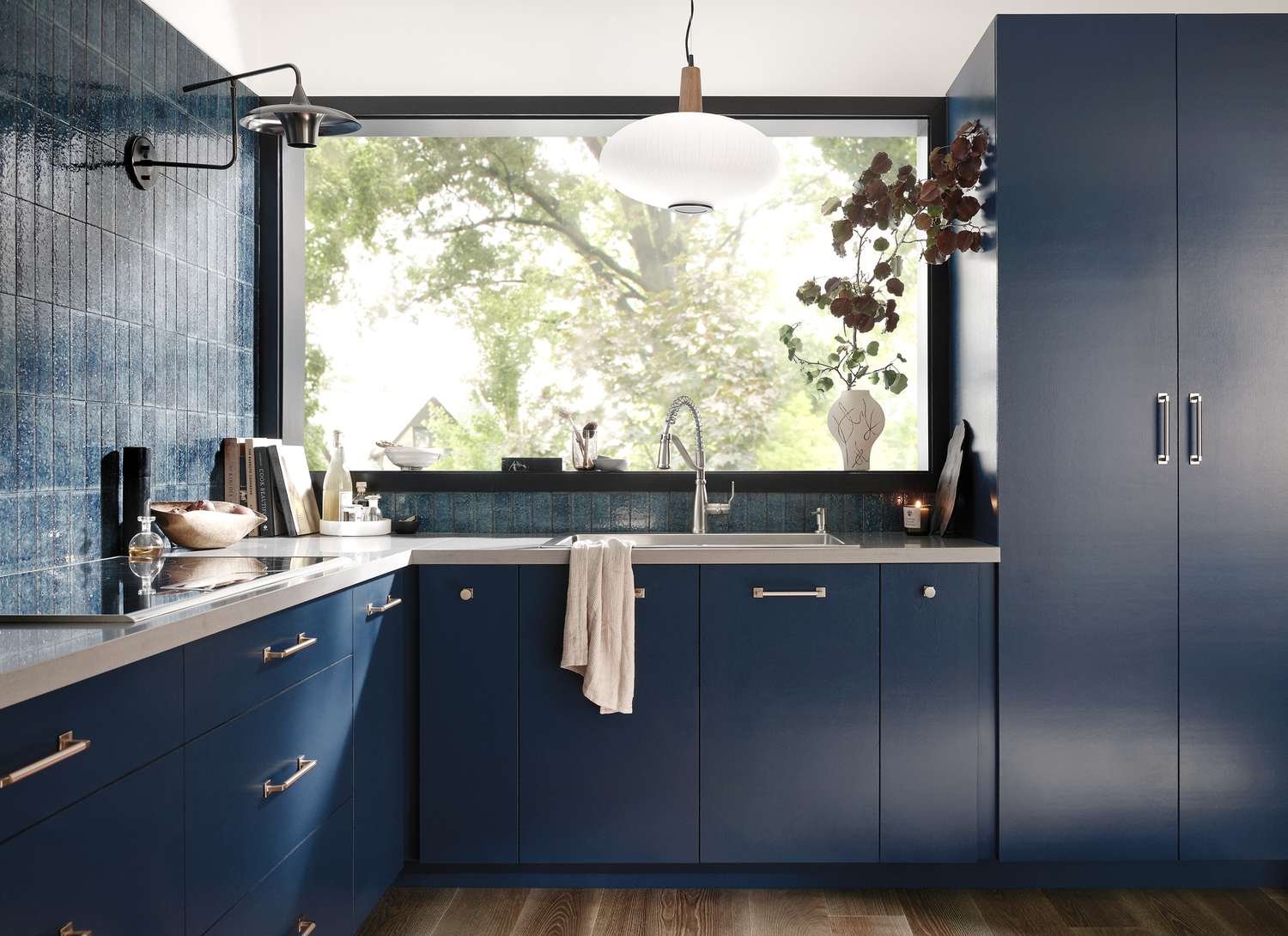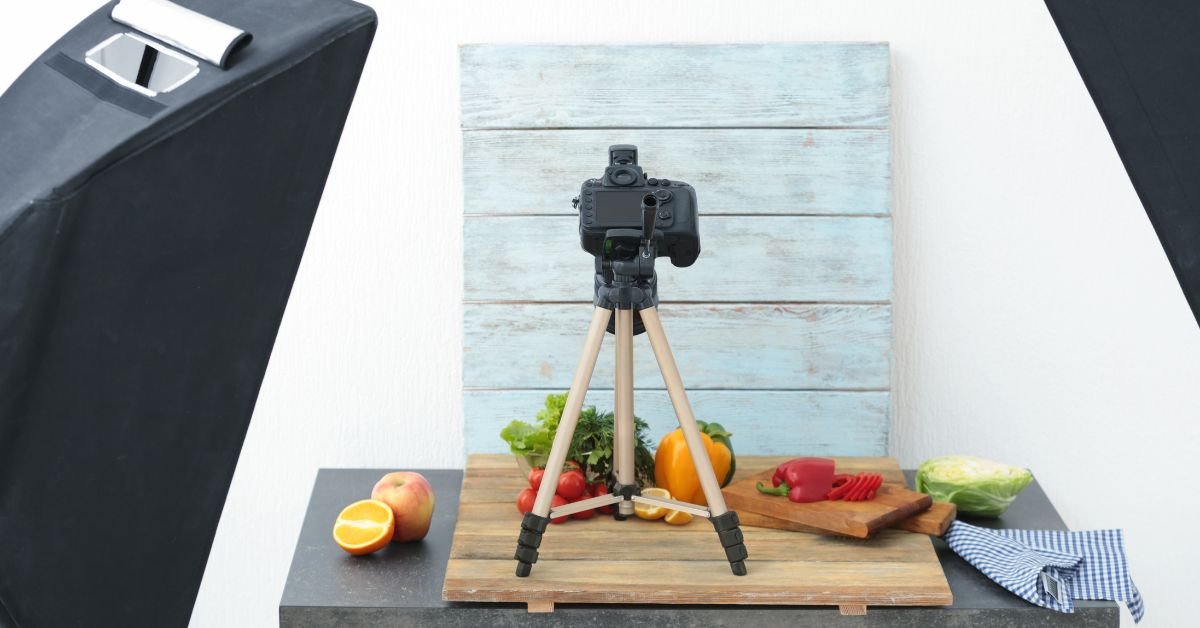How to Set Up a Smart Kitchen Using IFTTT
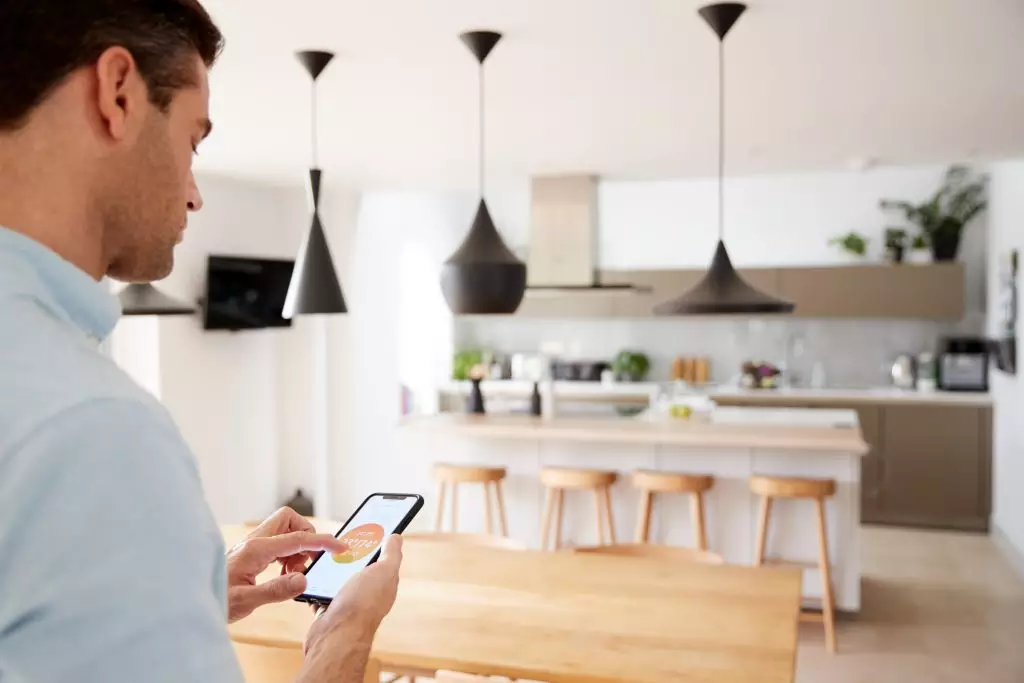
In the era of smart homes, the kitchen is one area where automation can truly shine. From automating your morning coffee to managing grocery lists, the integration of smart devices in the kitchen can significantly simplify daily tasks and enhance efficiency.
One of the most powerful tools for automating a smart kitchen is IFTTT (If This Then That). This platform allows you to create custom automation, known as “applets,” that connect different smart devices and services to work together seamlessly.
In this guide, we’ll explore how to set up a smart kitchen using IFTTT, covering everything from the basics to more advanced customizations.
How to Set Up a Smart Kitchen Using IFTTT – Introduction
Let’s Explore everything Related to EFT.
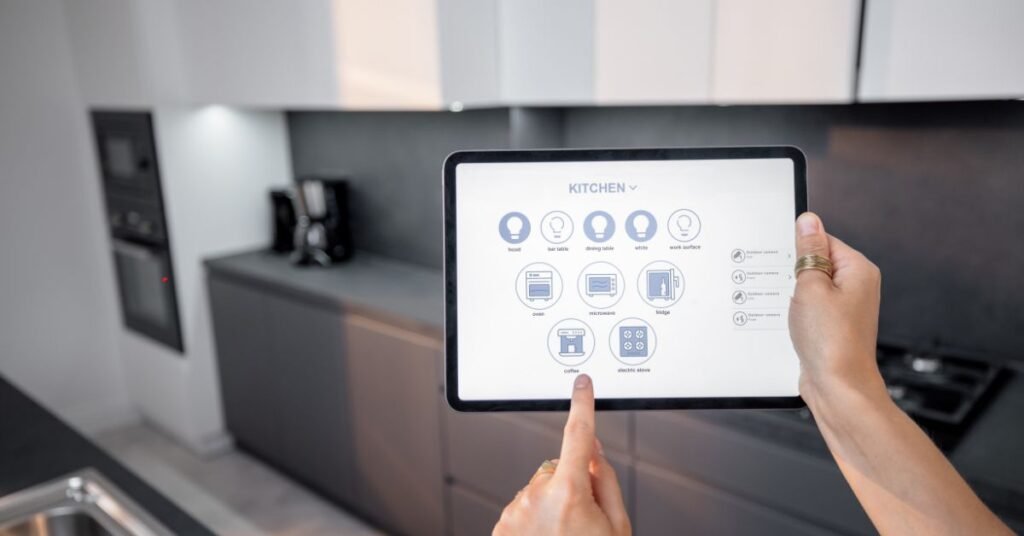
What is IFTTT?
IFTTT, which stands for “If This Then That,” is a free web-based service that allows users to create chains of simple conditional statements, called applets. These applets are triggered by changes that occur within other web services such as Gmail, Facebook, Instagram, or smart home devices.
For example, you could create an applet that turns on your smart lights when you arrive home or one that sends a notification to your phone when the smart oven has finished preheating.
In a smart kitchen, IFTTT can be used to connect various devices and automate tasks, making your kitchen operations smoother and more efficient. By linking your smart appliances with IFTTT, you can create a fully integrated kitchen that responds to your needs and preferences.
Benefits of Using IFTTT in the Kitchen
Using IFTTT in your kitchen offers numerous benefits, including:
- Automation of Routine Tasks: Automate repetitive tasks such as turning on appliances or managing grocery lists.
- Seamless Integration: Connect different smart devices and services, even if they aren’t directly compatible.
- Customization: Tailor your kitchen’s functionality to your specific needs by creating custom applets.
- Efficiency: Save time and energy by automating processes that would otherwise require manual input.
Getting Started with IFTTT
Let’s Discuss how to get started with IFTTT.

Creating an IFTTT Account
Before you can start automating your kitchen, you need to create an IFTTT account. Here’s how:
- Sign Up: Visit the IFTTT website or download the IFTTT app from the App Store or Google Play. Sign up for a free account using your email address or by connecting via Google or Facebook.
- Explore the Interface: Once signed in, you’ll be introduced to the IFTTT interface, where you can browse existing applets or create your own. The interface includes sections for browsing services, creating applets, and managing connected devices.
- Set Up Basic Applets: Start by exploring some basic applets to get a feel for how IFTTT works. You can find pre-made applets for various smart kitchen devices that you may already own.
Connecting Your Smart Devices
To fully utilize IFTTT in your smart kitchen, you’ll need to connect your smart devices to the platform. Here’s how to link them:
- Ensure Compatibility: First, check that your smart kitchen devices are compatible with IFTTT. Most major brands and devices, such as smart fridges, ovens, coffee makers, and lighting systems, support IFTTT integration.
- Connect Devices: Navigate to the “Services” section in IFTTT and search for the brand or device you want to connect. Follow the on-screen instructions to link your device’s account with IFTTT.
- Grant Permissions: During the setup, you’ll be asked to grant permissions so that IFTTT can control your devices. This typically involves logging into your device’s app or account through IFTTT.
Essential IFTTT Applets for a Smart Kitchen
Let’s Explore the Essential IFTTT Applets for a Smart Kitchen.

Automated Cooking Processes
One of the most practical uses of IFTTT in the kitchen is automating cooking processes. For example:
- Preheating the Oven: Set up an applet that automatically starts preheating your smart oven when you add a cooking event to your calendar. This ensures that your oven is ready when you are, saving time during meal prep.
- Slow Cooker Integration: Use IFTTT to start or stop your slow cooker based on specific triggers, such as when you leave or return home. This can be particularly useful for busy days when you want dinner ready as soon as you walk in the door.
Smart Coffee Makers
If you’re a coffee lover, IFTTT can make your morning routine smoother:
- Morning Brew Automation: Create an applet that starts brewing your coffee when your smart alarm goes off or at a set time each morning. You can also trigger the coffee maker when your smart home system detects that you’ve woken up.
- Voice-Controlled Coffee: Integrate your coffee maker with a smart assistant like Alexa or Google Assistant via IFTTT, allowing you to start brewing with a simple voice command.
Grocery Management
Managing groceries is another area where IFTTT can be a game-changer:
- Automated Shopping Lists: Use IFTTT to sync your smart fridge or pantry inventory with a grocery app. When your fridge detects that you’re low on certain items, it can automatically add them to your shopping list.
- Reordering Essentials: Some smart fridges and pantry trackers can be set up to reorder frequently used items through online shopping services like Amazon when they run low.
Kitchen Lighting and Ambiance
Lighting can play a big role in creating the right ambiance for cooking or dining. With IFTTT, you can automate your kitchen lighting:
- Mood Lighting for Cooking: Set up an applet that changes your smart lights to a bright, cool white when you start cooking. You can trigger this with a motion sensor in the kitchen or by starting a cooking-related app on your phone.
- Dining Ambiance: Create an applet that dims the lights and plays background music when you activate your dining scene, enhancing the atmosphere during meals.
Customizing Your Smart Kitchen with IFTTT
Let’s Explore how to customize Your Smart Kitchen with IFTTT.

Creating Custom Applets
One of the most powerful features of IFTTT is the ability to create custom applets tailored to your specific needs:
- Build Custom Applets: To create a custom applet, click on “Create” in the IFTTT interface. Choose a “Trigger” (the “If” part) such as a time of day or a sensor detecting movement, and then select an “Action” (the “Then” part) like turning on the oven or sending a notification.
- Examples of Custom Applets: For instance, you could create an applet that automatically turns off all kitchen appliances when you leave the house or one that sends you a recipe suggestion based on what’s in your fridge.
Integrating IFTTT with Voice Assistants
For hands-free control in the kitchen, integrate IFTTT with voice assistants like Amazon Alexa, Google Assistant, or Siri:
- Voice-Activated Automation: Use voice commands to trigger IFTTT applets. For example, saying “Alexa, I’m ready to cook” could turn on the kitchen lights, preheat the oven, and start your favorite cooking playlist.
- Multi-Tasking: Create applets that allow you to perform multiple tasks with a single command. For example, one command could start brewing coffee, turn on the lights, and read you the weather report.
Enhancing Energy Efficiency
IFTTT can also help you save energy in the kitchen:
- Monitor Energy Usage: Connect smart plugs to your kitchen appliances and use IFTTT to monitor their energy consumption. You can set up alerts if an appliance is using too much power or automatically turn off devices that aren’t in use.
- Time-Based Automation: Set up applets that turn off lights or appliances at specific times to reduce unnecessary energy usage.
Troubleshooting and Optimization
Let’s Explore Troubleshooting and Optimization.

Common Issues and Solutions
As with any technology, you may encounter some issues when using IFTTT:
- Connectivity Problems: If a device isn’t responding to IFTTT commands, check the Wi-Fi connection and ensure that the device’s app is up to date.
- Applet Failures: If an applet isn’t working, review the settings and permissions in both IFTTT and the connected device’s app. Sometimes, simply reauthorizing the connection can solve the problem.
Optimizing Your IFTTT Experience
To get the most out of IFTTT in your kitchen:
- Streamline Applets: Avoid creating too many applets that trigger simultaneously, as this can lead to delays or conflicts. Instead, combine related tasks into a single applet where possible.
- Manage Notifications: Customize notifications to ensure you only receive alerts that are important to you, reducing unnecessary distractions.
Future Trends and Innovations
Let’s Explore the Future Trends and Innovations.
Upcoming IFTTT Integrations
IFTTT is constantly expanding its range of compatible devices and services:
- New Devices: Keep an eye out for new smart kitchen devices that integrate with IFTTT, such as advanced cooking appliances, smart storage solutions, and more.
- Enhanced Features: Future updates to IFTTT may include more sophisticated triggers and actions, allowing for even greater customization and control.
The Future of Smart Kitchens with IFTTT
As smart home technology continues to evolve, the role of IFTTT in the kitchen is likely to grow:
- Increased Automation: Expect more advanced automations that can anticipate your needs and respond proactively, making your kitchen even more intuitive and efficient.
- Greater Integration: The future may bring deeper integration between IFTTT and other smart home ecosystems, creating a truly unified smart kitchen experience.
Also Read : How to Troubleshoot Smart Kitchen Appliances
Conclusion
Setting up a smart kitchen using IFTTT can transform the way you cook, manage your groceries, and even entertain. By automating routine tasks, integrating various devices, and creating custom applets, you can design a kitchen that’s not only smart but also tailored to your lifestyle.
Whether you’re just starting out with smart home technology or looking to enhance your existing setup, IFTTT offers endless possibilities for creating a kitchen that works for you. So, dive in, experiment with applets, and enjoy the convenience of a fully automated smart kitchen.

